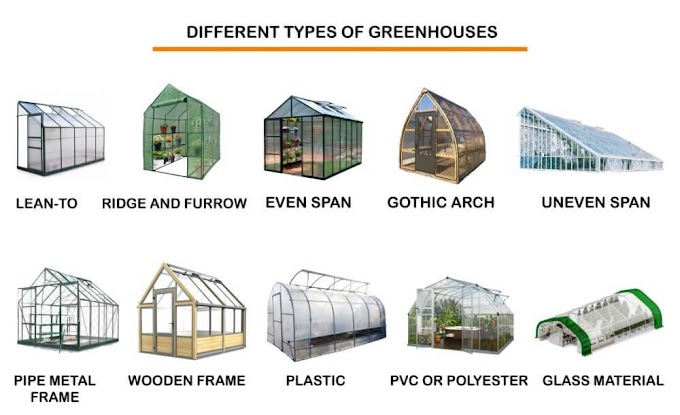Lumpy skin disease
Lumpy skin disease is an infectious viral disease caused by Lumpy skin disease virus
Genus -Capripoxvirus
Subfamily - Chordopoxvirniae
Family - Poxviridae.
It is a non-zoonotic,
vector borne and trans boundary disease with limited
host range and currently restricted to ruminants viz. cattle and water
buffaloes. Calves are more susceptible and develop lesions within 24 to 48 hrs.
Transmission:
Mechanically through arthropod vectors - such as biting flies, mosquitoes and ticks.
Indirect transmission through milk,- nasal secretions, saliva, blood and lachrymal secretions for animals sharing feeding and watering troughs
From infected mother to calf via milk secretions and skin abrasions.
Through use of single needle for massØ vaccination that can acquire the virus from the skin scabs or crusts
Incubation Period:
·
2-5 weeks in natural conditions
·
7-14 days in experimental conditions
Clinical Signs Lumpy Skin Disease:
·
Biphasic Fever
·
Swelling of the limbs, brisket and genitals
·
Nodules on skin
·
Reduction in milk production
·
Watering eyes
Lumpy skin disease has rapidly spread among cattle in more
than 10 states and Union Territories of India.
The death rates are rising and it continues
to have a disastrous impact on the herd of cattle. Being the world’s largest milk producer, the
dairy industry of India is facing a huge challenge as a result of the current
outbreak. The milk production has been severely reduced and states like
Rajasthan, Gujarat and Punjab have already reported a drop in milk yield.
Reports indicate a reduction of 5-6 lakh
litres a day in the milk yield of Rajasthan.
The disease poses a serious danger to the
livelihoods of smallholder farmers and farmers in various regions have suffered
losses as a result of the deaths of their cattle.
The current outbreak started in Gujarat and Rajasthan around July and had spread to Punjab, Himachal Pradesh,
Andaman & Nicobar and Uttarakhand by early August. It then spread to Jammu
and Kashmir, Uttar Pradesh and Haryana. In recent weeks, it was reported in
Maharashtra, Madhya Pradesh, Delhi, and Jharkhand. Over 16 lakh cases have been reported so far in 197 districts. However, data on the total number of infected
animals is still being collated of the nearly 75,000 deaths. More than 50,000
deaths, mostly cows, have been reported from Rajasthan only.
Affected Cattle - 20.56
lakh
Total Death - 97435
Recovered - 12.70
lakh
Affected Cattle in top 3 states
Rajasthan - 13.99 lakh
Punjab - 1.74 lakh
Gujarat - 1.66 lakh
Outbreak of LSD
First Outbreak – 1928: First outbreak in Africa and now endemic in African
countries
Since 2012 - has spread rapidly through the Middle
East, Southeast Europe, And West and Central Asia
Since 2019 - In Asia,
Several outbreak reported in Asian countries such as China, Bangladesh,
Pakistan, India, Shri Lanka, Myanmar, Nepal, Taiwan, Vietnam, Thailand,
Malaysia, Indonesia
Treatment:
Symptomatic
treatment including the treatment of secondary infection (if any)
Based on the symptoms and clinical signs
Use of anti-inflammatory drugs (preferably non-steroids) to treat the inflammatory condition.
Use of anti-histamine preparations / drugs to treat allergic conditions.
Use of Paracetamol in case of high fever.
In case of secondary bacterial infections like respiratory infections, skin infections antibiotics may also be used judiciously.
Parental/oral multivitamins.
Oral
treatment with 0.1% Methylene Blue (MB)
solution (1 gram of MB powder in 1 litre of water)
Government Initiatives:
The
affected States have prohibited movement of cattle and are quarantining
infected cattle and buffaloes, spraying insecticides to kill vectors like
mosquitoes, with some affected States such as Maharashtra, Rajasthan, Delhi,
and Uttar Pradesh also setting up dedicated control rooms and helpline numbers
to guide farmers whose cattle have been infected.
97 lakh vaccine doses
had been given as of the first week of September.
Delhi
government procured 25,000 doses of goat
pox vaccine and started a vaccination drive to prevent the spread of lumpy
skin disease in cattle.
Advisories
have been issued by DAHD for using
Goat pox vaccine for the vaccination of cattle and buffaloes. However, affected
animals should not be vaccinated. In a major breakthrough, ICAR‟s National Research Centre on Equines (NRCE) at Hisar, Haryana and
the Indian Veterinary Research Institute (IVRI) at Izatnagar, jointly
developed Lumpi-ProVacind
, an indigenous vaccine for LSD, which the Centre plans to commercialise and
roll out in the next three to four months.
Being
an agriculture-based economy, it is a matter of great concern for the livestock
rearing sector. Despite severe reduction in milk production, LSD can also lead
to reduction in export of livestock and livestock products. Therefore, strict
implementation of advisories and biosecurity measures should be followed along
with undertaking door to door awareness and vaccination drive to regulate the
spread of disease.







No comments:
Post a Comment